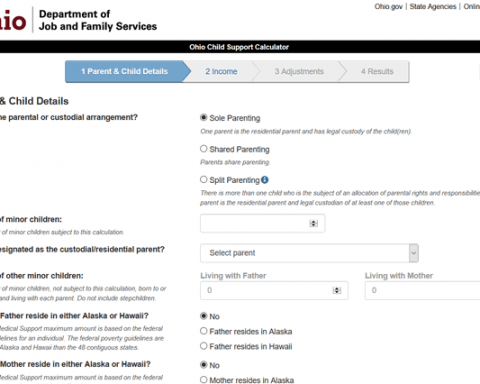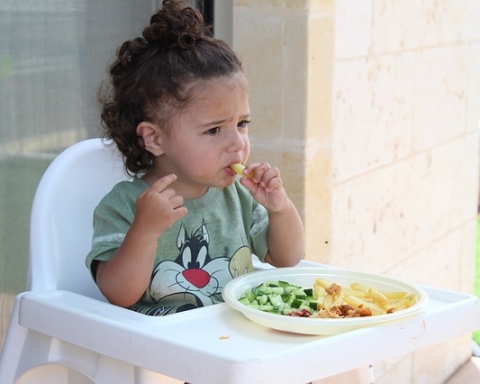A parenting plan in Washington State is based on the basic requirements of any parenting plan drafted for plans and proposals to be argued and reviewed in court. Like any other parenting plan, the core goal is to ensure the child is cared for and that parental conflicts (if any) do not in any way affect the child.
The state of Washington acknowledges that parenting plans work much better if the main issue—residential schedule—is addressed effectively. This allows the process to run as smoothly as possible and makes it possible for both parents to participate in child-rearing.
Furthermore, the child is still able to interact with both parents through arranged visitations and custody, aptly spelled out in this research.
Also, read on this website
- Ohio Shared Parenting Child Support Calculator
- What Is Shared Parenting in Ohio?
- What is A Parenting Plan?
- How to Write a Parenting Plan?
- What to Include in a Parenting Plan?
Requirements of Filing a Parenting Plan in Washington State
Not everyone or every situation qualifies for a parenting plan in the state of Washington. Although there could be exceptions, most parents and children are required to at least fulfill the following conditions:
- Paternity tests are confirmed by a doctor.
- The child is not a resident of a different state.
- The child must have been living in Washington State for a minimum of six months.
- An order about the child has not been entered by another state.
Failure to adhere to the above conditions will nullify any authority to file a parenting plan in Washington State.
The Process of Filing a Parenting Plan in Washington
Before submitting a parenting plan to adopt, it is crucial that both parents agree on its terms because the judge will have to draft a court plan if the parents disagree.
- Agreement of both parents. Both parents need to agree to file the parenting plan and, if possible, agree on a drafted copy of the same. Both parents are allowed to negotiate the terms. After coming to a consensus, present the plan in court for approval.
- Mediation. In cases of disagreement, the court will appoint a third party to mediate in an effort to modify the plan so it is acceptable to both parents.
- Disagreement. If both parents do not agree on the mediation plan, both parents will need to present their own proposed plans for the court to review. The court will either choose one or draft a court plan to which the parents must adhere.
- Violence and conflict. In cases of violence or conflict that pose potential harm to the child, the court will not allow for mediation. The court will draft a plan that must be followed by both parents.
A parenting plan in Washington State, according to a study, should include three crucial sections: 1) an agreeable parenting schedule for the child, including visitation times; 2) a description of the major and minor decision-making authority of both parents; and 3) dispute resolution strategies for the parents.
References
Tompkins, Robert. “Parenting Plans: A Concept Whose Time Has Come.” Family Court Review 33, no. 3 (1995): 286–297. Retrieved from https://onlinelibrary.wiley.com
Dyer, Charles R., Joan E. Fairbanks, M. Lynn Greiner, and Kirsten Barron. “Improving Access to Justice: Plain Language Family Law Court Forms in Washington State.” Seattle Journal for Social Justice 11 (2012): 1065. Retrieved from https://digitalcommons.law.seattleu.edu














very helpful. Thank you